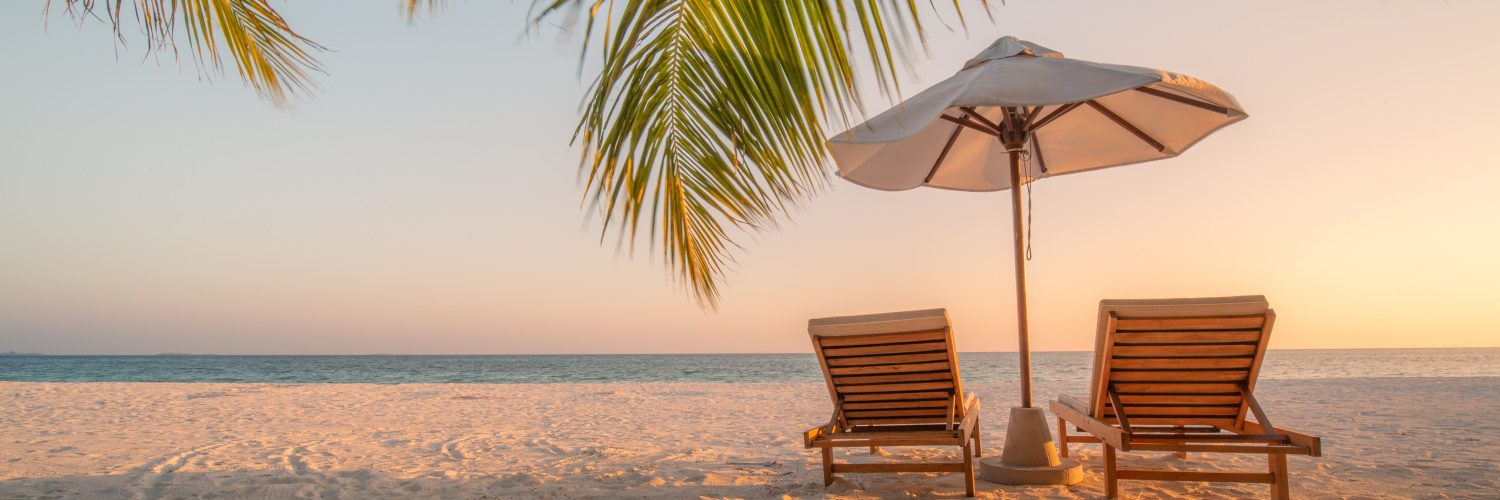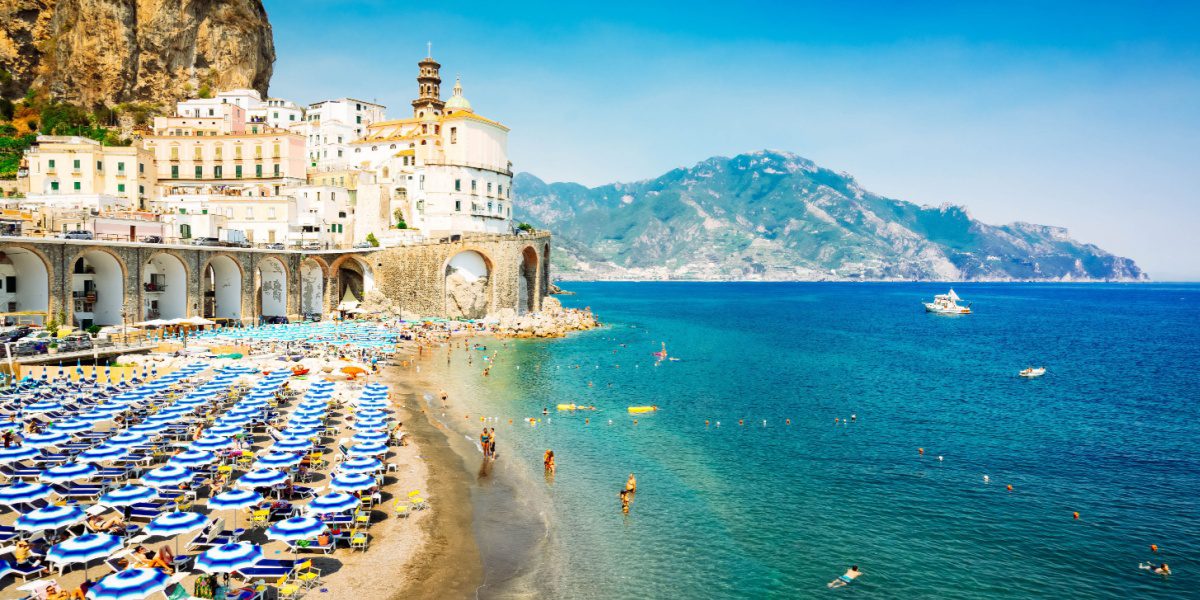Brazil’s iconic coastal city captures the imagination with its intoxicating mix of samba, sultry sunshine and tropical shoreline. It’s easy to see why it’s known as Cidade Maravilhosa – the Marvellous City.
But when it’s time to join the beautiful bronzed bodies frolicking on Rio‘s golden beaches, where should you head? Are you more Miami glamour at Barra da Tijuca, in the thick of the action at Copacabana, or a girl from Ipanema? We’ll help you find out.
Copacabana

Surely one of the world’s most famous beaches, Copacabana’s prestige dates back to the 1950s when this was the only beach neighbourhood to be seen in. The trendsetters set their sights a little further along the coast now, but it’s still easy to see what drew them to this spot in the first place. The broad beach, the iconic wave-patterned promenade and the grand hotels are still here. And don’t for a second think this neighbourhood is quiet. Quite the opposite, urban Rio de Janeiro reaches right up to the beach, bringing an additional buzz just steps from the shore.
This is a neighbourhood full of action. All the biggest beach parties from concerts to New Year’s Eve happen on this stretch of sand. Plus there’s a fab nightlife scene, especially since the 2014 World Cup when there was a renewed effort to tone down Copacabana’s sleazier side, with sophisticated beach kiosks and cocktail bars springing up in its place.
Ipanema

Image © Jefferson Bernardes / Shutterstock.com
The next bay along from Copacabana is Ipanema, and its reputation is that of Copacabana’s chicer older sister. Songs like the bossa nova classic The Girl from Ipanema have cemented this neighbourhood’s reputation as a timeless trendy hangout. Expect to find bohemian boutiques on the streets behind the beautiful bay, plus charming cafes where you can linger over a strong Brazilian coffee. It also shares the Brazilian love of a good party, with classy bars frequented by beautiful people. Don’t expect much in this area to come for cheap though.
As for the beach itself, it’s among Rio’s finest. There’s a stunning backdrop courtesy of the towering Two Brothers mountains, and plenty of golden sand. The waves can get pretty ferocious here, so be careful where you swim. An informal system helps you find your scene even within the beach, based on the numbers on the lifeguard posts that dot the beach. Posto 7 is where the surfers gather, posto 8 is more families and posto 9 is famously where Rio’s fabulous young things hang out. There’s also a gay section marked by a rainbow flag in front of Rua Farme do Amoeda, which is between posto 8 and 9.
Leblon

If Ipanema doesn’t sound exclusive enough for you, keep on walking until you reach Leblon. This swanky neighbourhood, which shares the western side Ipanema’s beach, is the domain of the richest Cariocas (Rio residents). The Metro system doesn’t reach Leblon, which partially explains why the beach here is much quieter, and definitely enhances the neighbourhood’s privileged, secluded atmosphere.
If you’re familiar with Brazilian celebs, this is somewhere you’re likely to see them. Maybe shopping in the upmarket designer boutiques, strolling the leafy streets, frequenting the fine-dining restaurants or relaxing on the soft sands.
Leme

Image © lazyllama / Shutterstock.com
At the eastern end of Copacabana things start get a lot more low key. Although it’s the same beach, this is the district of Leme. It’s calmer and cheaper than its western neighbour, and draws in a mix of artists, locals and backpackers. It’s a good option if you’re looking for affordable accommodation along the Copacabana shoreline. But beyond the beach and the cheap and cheerful convenience kiosks there isn’t a lot to do here, and you’ll probably want to travel to other neighbourhoods for entertainment.
Botafogo

The beaches closest to Rio’s huge natural bay are not suitable for swimming due to the decline in water quality, but there is plenty else to recommend them. At Botafogo for example you can still relax broad beaches, and soak in a marvellous view of Sugarloaf mountain at the same time. The streets of Botafogo are also surprisingly charming and whimsical, this despite its central location and proximity to two of Rio’s mega shopping malls. The area is known for being home to several art house cinemas as well as quirky independent cafes and bars.
Another advantage is that cheap accommodation is far easier to come across here. And it’s within a very easy metro ride of the beaches at Ipanema and Copacabana.
Flamengo

This beach neighbourhood is less about the beach (you also can’t swim here) and more popular for its park and green spaces instead. People gather to go running or cycling, or to play Rio’s sporting obsessions: football and volleyball. Flamengo is a chilled residential neighbourhood, with easy access to the rest of the city thanks to its central location. And like Botafogo you’re more likely to score a cheap deal on accommodation here.
Urca

The vast majority of visitors to Rio will only come to Urca to visit magical Sugarloaf mountain. But this often overlooked neighbourhood offers a pretty unique place to stay. Right next to the cable car up to the top of the mountain you’ll find a small beach, Praia Vermelha, dramatically sandwiched between two huge rocks at either end. Swimming is sometimes possible here, and it’s popular among families for its calm waters.
The surrounding neighbourhood has more of a peaceful village feel than you’ll find elsewhere in Rio, with much of the architecture dating back to the 1920s. Residents include three military academies, fishermen and artists. It’s an intriguing mix.
Barra da Tijuca

Brazil meets Miami at Barra da Tijuca. This district is awash with wide avenues, gleaming condominiums and vast shopping malls. It’s one of Rio’s newer districts, and reflects how the city has grown, with the growing middle class looking for a luxurious lifestyle, safety and space to raise a family. And the buzz about this neighbourhood is building like never before – as this is where 2016’s summer Olympics is due to be held.
Happily the beach is still thoroughly Brazilian. There’s a whole 18 kilometres of it here, divided between Barra da Tijuca and the neighbouring area of Recreio. Backed by the same lush green mountains you’ll see throughout Rio, some of which are nature reserves, and boasting an abundance of powdery sand, Barra da Tijuca does feel far more relaxed than the beaches of the centre. It’s a popular spot for sports enthusiasts, you’ll find windsurfers, kitesurfers and surfers all congregating here. Plus the always present beach volleyball game.
Fancy joining the Cariocas at the beach? We can help you find a great deal on flights | holidays | hotels | car hire





